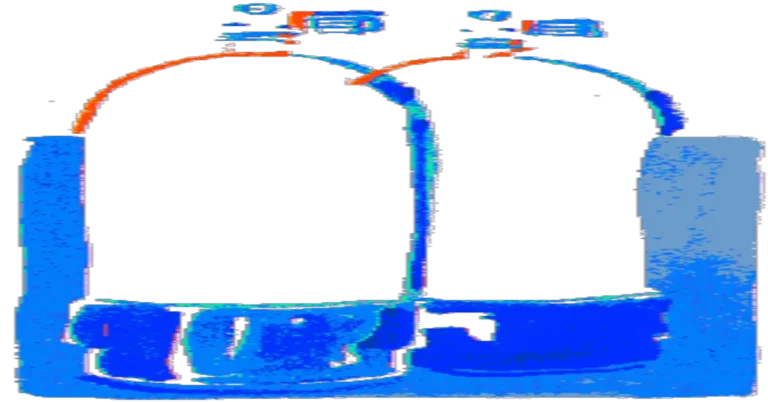SOME call them tanks, others call them bottles; the BSAC calls them cylinders and the HSE, in line with Euro-speak, now calls them transportable pressure receptacles (TPRs).
Whatever you call them, they are the things we use to carry our breathing gas.
They come in differing sizes, in Europe designated by their internal volume in litres. They have various maximum working pressures (from 200 to 300 bar), and they can be made from steel or aluminium.
Steel TPRs tend to be smaller and lighter out of the water than their aluminium counterparts, but aluminium has the advantage of being less likely to corrode.
In water, aluminium TPRs tend to displace more water and are therefore more buoyant.
Towards the end of a dive, they can become almost positively buoyant, and divers who are used to the weight of steel will find they need to carry extra weight on their belt.
Steel TPRs have a round bottom and need a rubber boot to enable them to stand upright. Aluminium TPRs have a flat bottom and the boot is an option.
What size do you need? It all depends what quantity of breathing gas you need. A twinset of two 12-litre TPRs filled to 232 bar holds 5568 liters of air. A single 10-litre TPR filled to 200 bar holds 2000 liters.
A small, fit, young female diver uses less air than an overweight, unfit, old male, so the important thing is to have enough for your requirements.
Some divers like to attach a pony cylinder with a separate regulator to their main unit to use as a redundant emergency supply.
If you want to use a cylinder for nitrox, it must be oxygen-clean, and you must then dedicate it to nitrox.
All cylinders need to be inspected, tested and date-stamped periodically. Cylinder valves come with either imperial or metric threads to their fitting.
Never mismatch an M- threaded valve to an imperial cylinder or vice versa, as the effects could be fatal to whoever who fills the cylinder.

